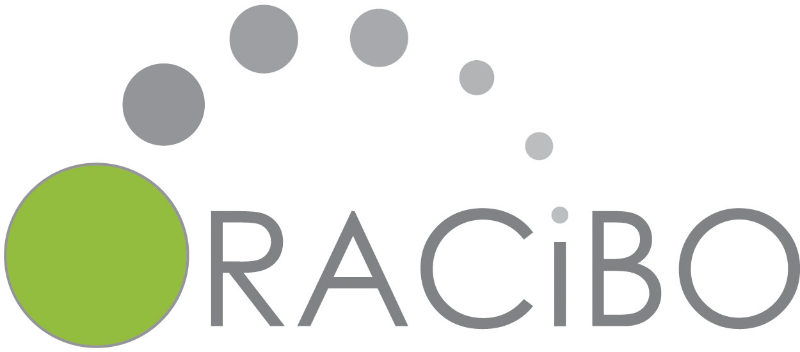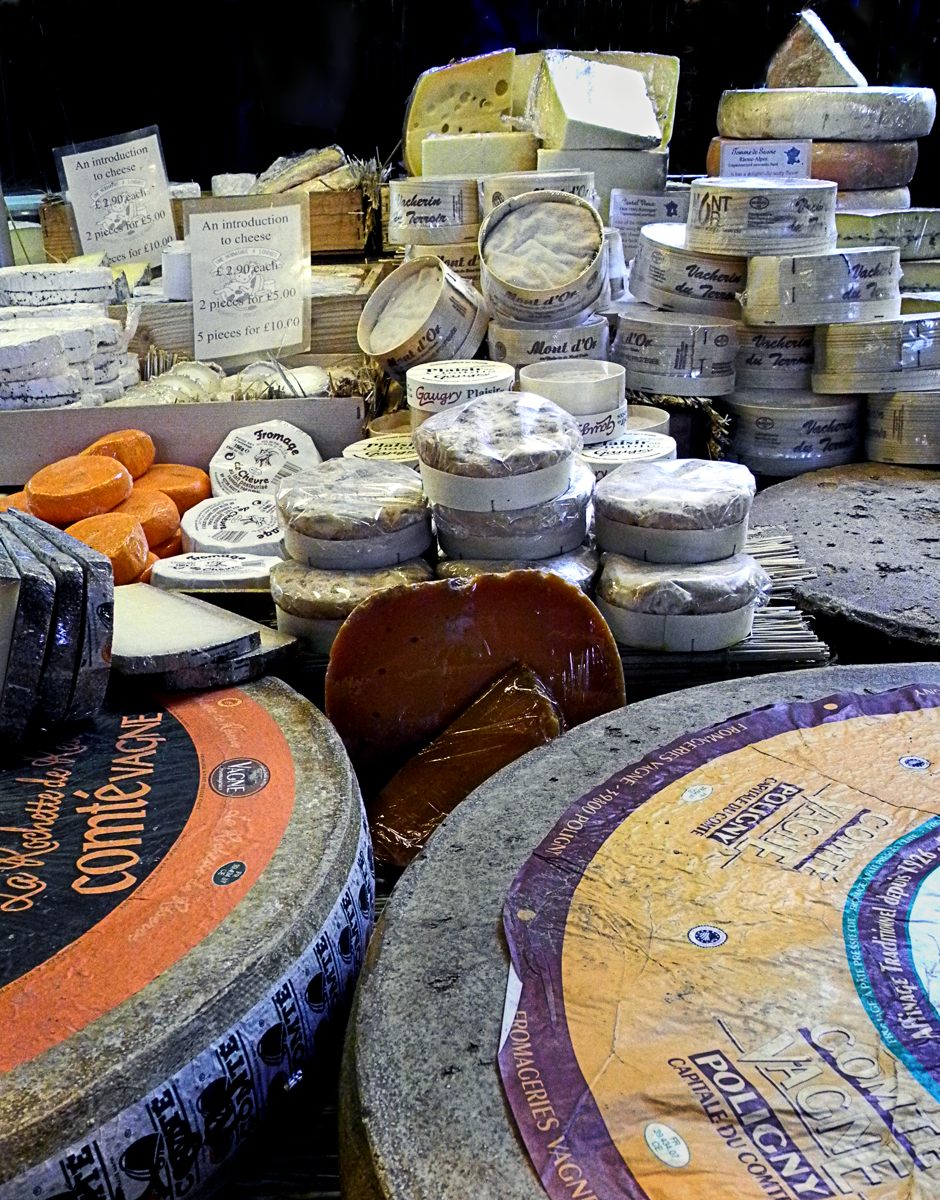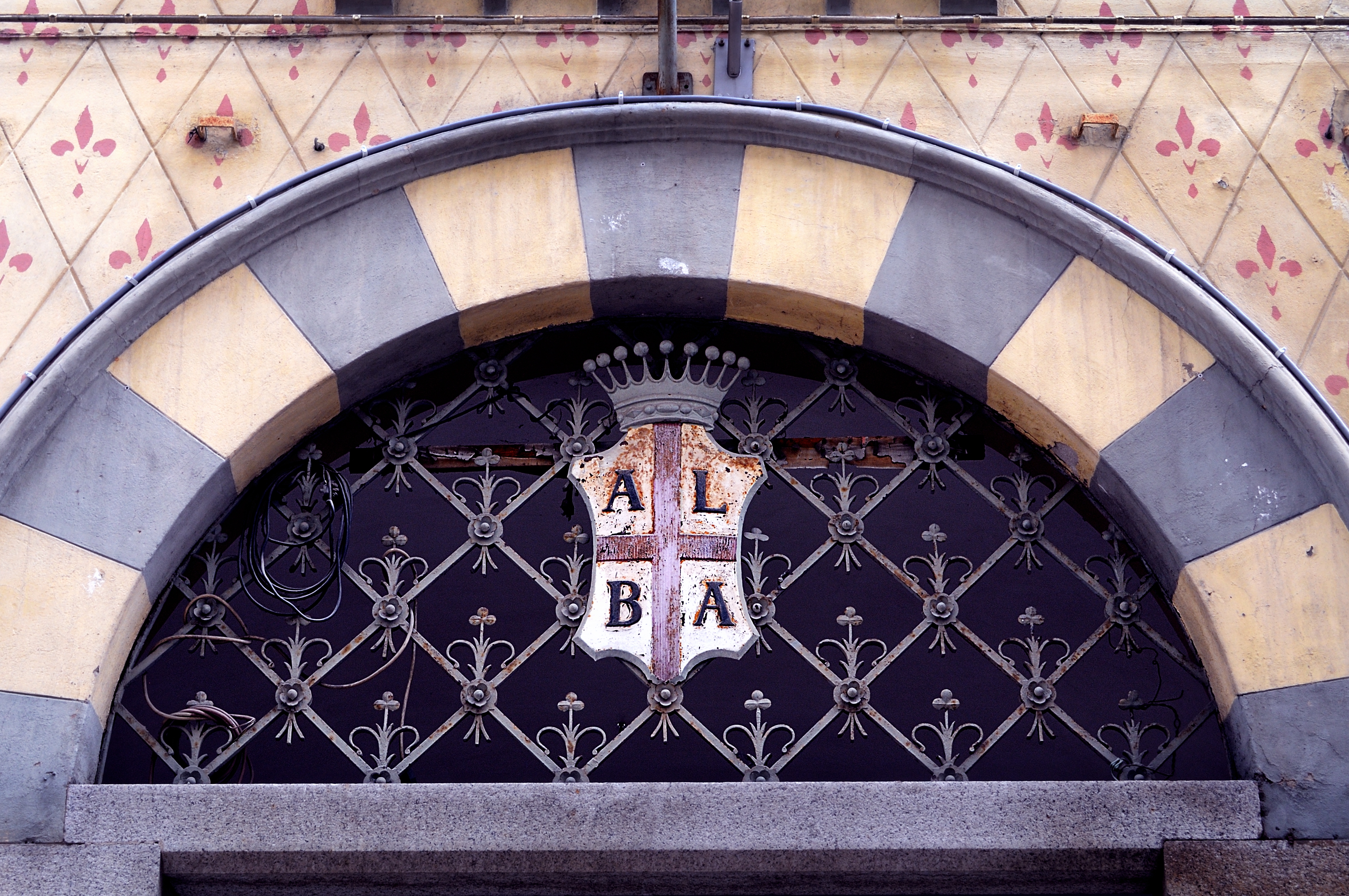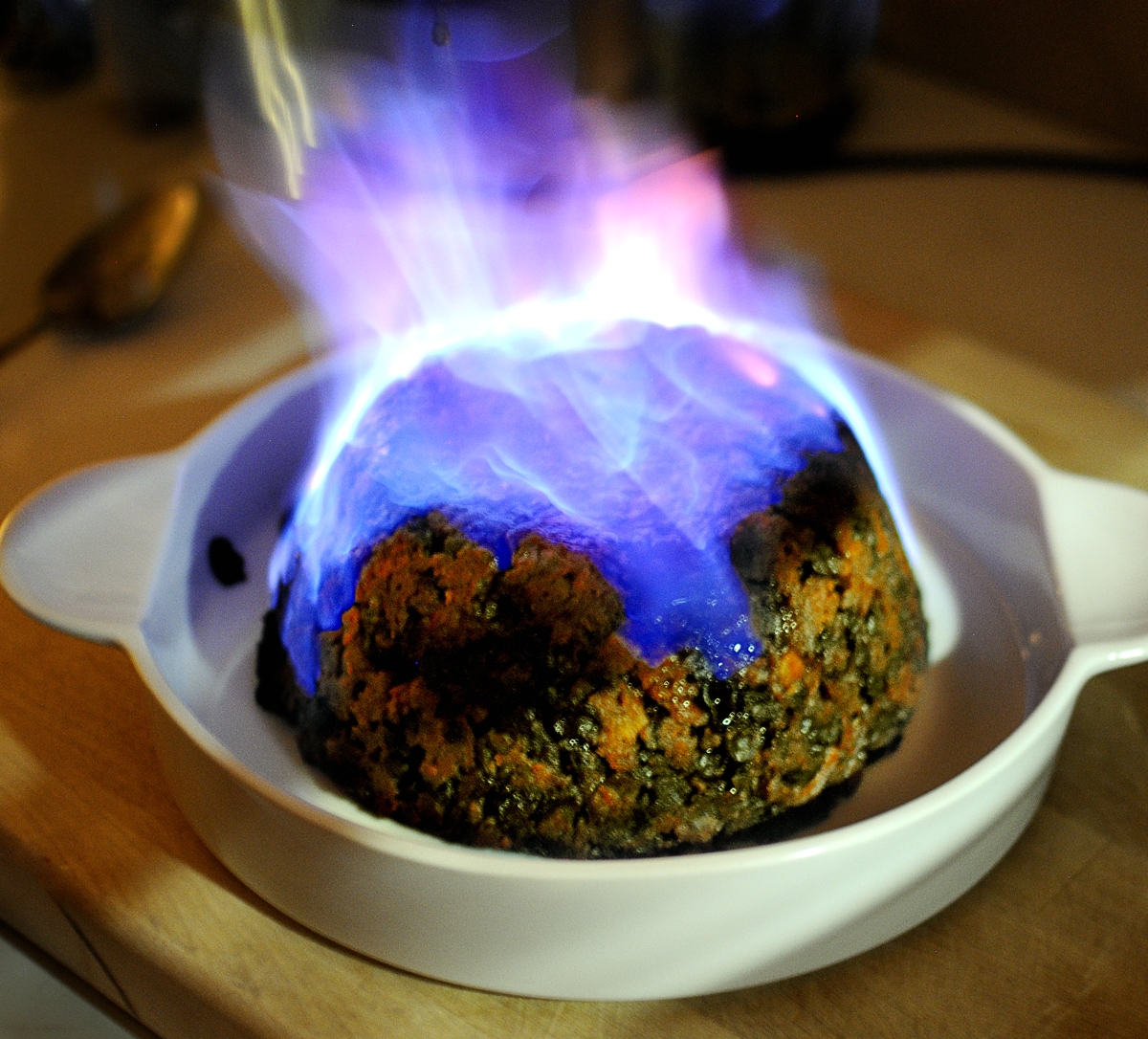Have you ever had a thought that keeps popping up every now and again? Well…in my case one of these is “daddy, where does cheese come from?” Or should I say “how did we come to have this wonderful stuff called cheese?” Every time I watch someone making cheese on a T.V. programme I just shake my head wondering who or how someone came up with the concept?
It’s something that I find mysterious and some sort of alchemy. Have you ever wondered about all the different countries that make cheeses using basically the same ingredient, milk of some kind but ending up with absolutely different results and not all tasting the same…maybe I should get a life but I do wonder!
Maybe it was an accident that it occurred at all!
There are hundreds of types of cheese from various countries; the style, texture and flavor depends on the origin of the milk, what the animal eats, whether the cheese has been pasteurized, what the butterfat content is, the bacteria and mold, the processing and finally, the aging.
There is research saying it was at least 7,000 years ago that humans started making cheese. The first cheeses were basic and somehow they figured out how to separate the milk into solids (curds) from the liquid (whey). I tip my hat to those folks!
Aristaeus, a god of ancient Greek mythology, was worshiped as the protector or flocks and shepherds, cheese-making, bee-keeping, olives and grape vines.
During Roman times, cheese was an everyday food and cheese-making a mature art. Pliny’s “Natural History” includes a chapter describing the diversity of cheeses enjoyed by Romans of the early Empire. The amazing thing is that cheeses from the Alps and Apennines were as remarkable for their variety then as now!
In Europe cheeses diversified further when Romanized people came into contact with peoples from other regions who had their own cheese-making traditions. Many cheeses available today were first recorded in the late Middle Ages. Cheeses like Cheddar were recorded around 1500, Parmesan in 1597, Gouda in 1697 and Camembert in 1791.
The British Cheese Board claims Britain has approximately 700 distinct local cheeses! Having been to England, where I have never eaten so many delicious cheeses in a couple of weeks, I can only say we have a lot more tasting to do! Beenleigh Blue, our favourite to date; is a farmhouse, unpasteurized, organic, vegetarian, blue cheese made from sheep’s milk. Its more than worth seeking out and is produced by Ben Harris of Ticklemore Cheese Company. It was awesome! By comparison, France and Italy have perhaps only 400 cheeses each.
Every trip we take includes suggestions for some serious cheese tasting…
Pick yourself up some amazing cheese, open a bottle of wine, kick back and enjoy! Salute!








Oh, you’re talking about one of my favorite comfort foods – cheese!!! Thanks for great back story…making me hungry though…hmmm, what’s in the frig? Gorgonzola, feta, Delice de Bourgogne…yep, snack time! 😀
Know what you mean, there is something addictive about the stuff! One of my absolutely “to die for” cheeses is from Piedmonte, called Robiola! It’s awesome on anything!